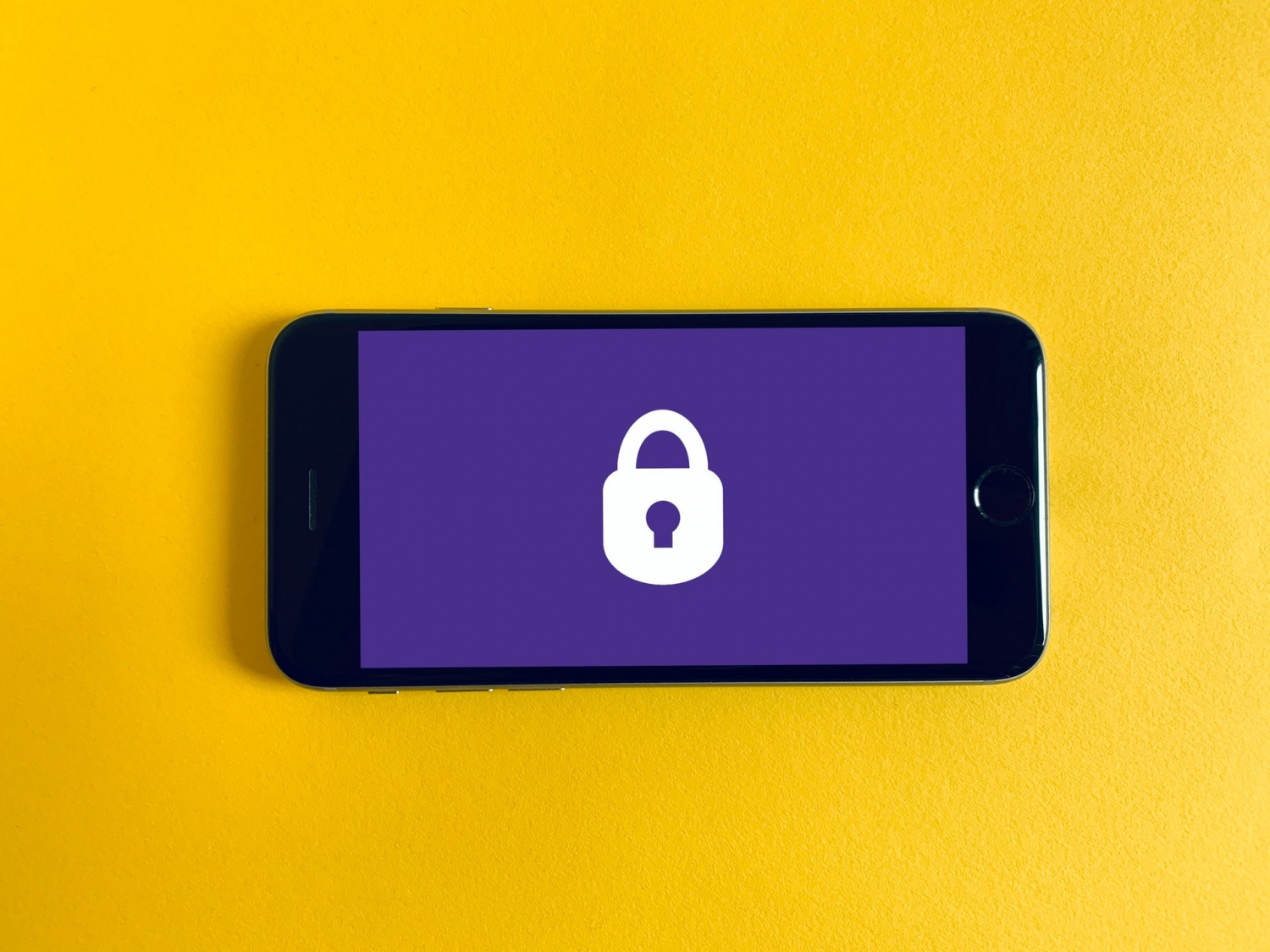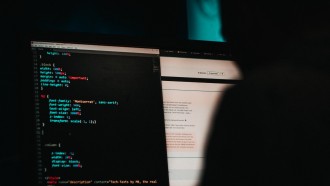
With the rapidly growing digital realm, all businesses, regardless of their sizes, and government institutions rely on electronic systems to run their routine operations making cybersecurity a major goal to protect data from unauthentic access. However, constant developments in technology imply a corresponding change in cybersecurity as news of widespread data breaches, ransomware attacks, and hacking incidents become a norm. Truly, the past years have displayed a consistent prevalence of cyber risks in both hybrid and remote work environments including an upsurge in crypto-worm attacks where bad actors solicit money for decryption keys promising not to divulge stolen data. For instance, in 2021, there was a major cybersecurity development regarding Log4j vulnerability, a high-risk exploit that spurred grave attacks on vulnerable organizations, prompting the concerned authorities to issue an advisory reminding all businesses to actively enforce sound data security measures. To reduce exposure, companies must keep pace with dynamic and contemporary obligations that govern data security. In this post, we've compiled the latest trends happening in the world of data security.
1. Zero Trust Model
Take the castle and moat scenario; everyone inside the castle is safe because the periphery outside the moat is always protected. If you translate the metaphor to cyberspace, the challenge arises when users presume that, with legitimate access credentials, they can freely maneuver through the system and hope nothing happens. Indeed, this has become a norm; irrespective of the number of defense mechanisms an organization erects, cybercriminals gain access to the system immediately after an unsuspected user opens and/or downloads a malicious attachment. This is why email phishing and ransomware have become the most common threat vectors.
The zero trust model helps in restricting network access to only authentic users based on various patterns such as identity, time, and contexture awareness of the device. Here, default access is abolished. The model requires everything to pass set security protocols like user identity verification as well as access control steps.
2. Security as a Services (SaaS)
Frequent instances of ransomware and malware attacks are causing businesses to migrate their on-site IT systems to cloud security-as-a-service(SaaS) technologies. Typically, these technologies are offered by managed security providers such as Amazon Web service (AWS), Microsoft Azure, and Google Cloud Product (GCP). The modality provides a bigger team of infosec experts with wider and more assorted process/product knowledge. Besides, it's cost-effective since, you'll get the services of security professionals, operating system administrators, network managers, ad hoc troubleshooters, and virtualization administrators among others.
3. Employee Training and Awareness
An infosec study has found that about 97 percent of people across the globe cannot detect phishing emails. Therefore, human error is a significant factor that contributes to many data breaches which imply conventional data security awareness techniques are ineffective. As threat actors are becoming more aggressive and tactful, businesses are adopting more advanced approaches to strengthen their data security. Aside from implementing "avant-garde" solutions like firewalls, anti-malware, and anti-phishing software, businesses now advocate enhancing the knowledge and skills of their employees through training. Advocacy campaigns have become old-fashioned; security pundits recommend new, better security culture where employees are taught better ways of thinking, and equipped with new behaviors to create advanced, secure working methods. Many businesses have formulated policies and regulations focused on how their workers "must" handle sensitive data.
4. Artificial Intelligence (AI) and Machine Learning (ML)
What role do AI and ML play in data security? Well, they are good at identifying threat vectors and potential attacks before they can happen. They are the most recent cybersecurity trends but their roles are growing and becoming more proactive. Truly, it's a capability that humans haven't been able to accomplish for some time. Both AI and ML rely on sophisticated data to generate effective algorithms and they develop patterns to foresee and counter active attacks. in simpler words, implementing AI and ML approaches enables data systems to examine threat patterns, learn behaviors of bad actors, and help prevent related attacks in the future. AI- and ML-enabled threat detection systems are being used to predict potential attacks and alert risk managers of any breach. This also reduces the time spent by IT professionals conducting routine inspections and mitigation processes.
5. Compliance with General Data Protection Regulation (GDPR)
General Data Protection Regulation (GDPR) is a paramount tool in handling data privacy and security. As a matter of fact, it's extrapolated for inhabitants in all member countries including businesses marketing products and services to the residents. Thus, the GDPR bears a significant impact on international data security requirements. It establishes a consistent and steady data security policy, abolishing the need for every individual member state to constitute its law that ultimately protects consumers.
6. Distribution of decisions
Owing to rampant cyber insecurity incidents in recent times, business expectations are switching towards better and more agile security postures. Thus, the spectrum, scale, and even complexity of the digital environment require that all cybersecurity decisions, responsibilities, and accountabilities be spread across different organizational units. Recently, it's evident that in the majority of establishments, the role of a Chief Information Security Officer (CISO) has changed from being a technical subject expert to becoming an executive risk manager. This is because, as aforementioned, a centralized function isn't satisfactorily agile to meet all the needs of today's businesses. The roles of CISOs are being reconceptualized to empower business owners, enabling them to chart their own informed risk decisions.
7. Data security mesh
The present cybersecurity consolidation trends are calling for the amalgamation of cybersecurity infrastructure elements. Nevertheless, some kinks need to be devised in consistent cybersecurity policies, to enable smooth workflow and exchange of data amongst consolidated solutions. Thus, a sound cybersecurity mesh architecture (CSMA) will offer a standard, unified security infrastructure to protect all accessories in information centers, including the cloud.
Conclusion
Data loss, manipulation, and theft could result in immense losses, that could translate into the loss of customers, reputation, and punitive penalties. Business leaders shouldn't wait until disaster strikes. They should consider adopting these data security practices to protect their data and businesses.
* This is a contributed article and this content does not necessarily represent the views of techtimes.com





